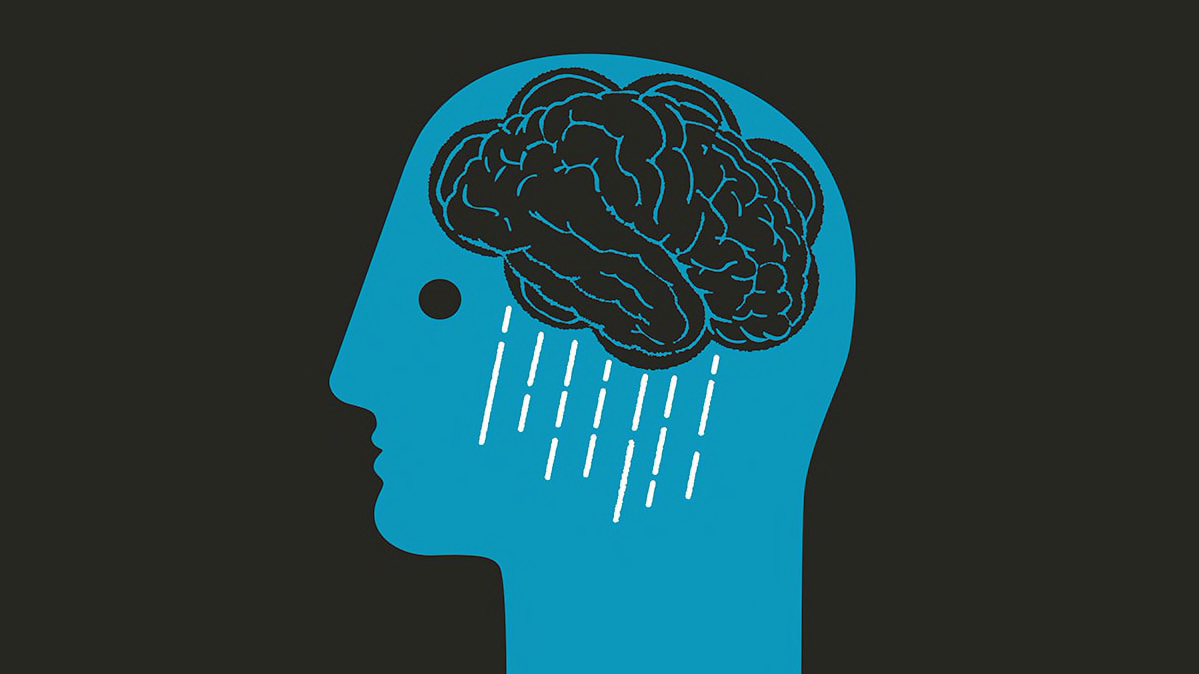I have always associated OCD with wanting to keep everything clean and in order until I really found out that it is way broader than that. OCD, or Obsessive-Compulsive Disorder, is the persistence of unwanted thoughts (obsessions) and urge to engage in senseless rituals (compulsions) that cause distress. OCD ranges from person to person and the symptoms can be extremely different depending on the person.
My cousin has OCD, as well as one of my very close friend from home. They don’t constantly shower or wash their hands, but they both repeat constant actions throughout their day that others do not. My cousin, Sam, is constantly checking things. She will look if her straightener is on, even though in her mind she KNOWS she turned it off, she checks the lock on her door, she checks her families locations, etc. These all associate with harm or danger that she fears can happen to herself or the people she loves. My friend from home, Gianna, refuses to throw anything she gets away. She thinks that she might need something for future purposes and won’t be able to ever find it or use it if its thrown away. This causes her to keep everything and hoard things in her room.
Being around people who have OCD, I have realized that OCD can create people to develop really bad anxiety. This is because their mind is always somewhere else thinking about the future and what will happen. Anxiety is feelings of excessive or unrealistic fearfulness for future events.
While OCD can be treated with medication, or something called ERP, or Exposure and Response Prevention therapy. This is when you voluntarily expose yourself to the source of your fears over and over again, without acting out any compulsions to stop your fear.


Another useful link to look into OCD is below: https://www.everydayhealth.com/anxiety-disorders/experts-common-obessions-and-compulsions.aspx




:max_bytes(150000):strip_icc()/what-are-the-symptoms-of-schizophrenia-2953120-cba74c5e1dd942ecafde1824217603f9.png)